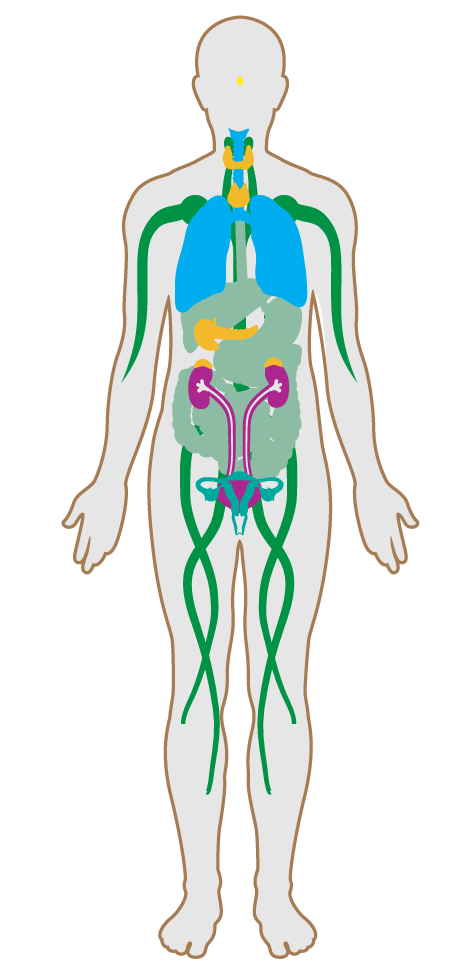Antimicrobial activity for surfaces
Features/Air/Feature 27
- 01 Air quality standards
- 02 Smoking ban
- 03 Ventilation effectiveness
- 04 VOC reduction
- 05 Air filtration
- 06 Microbe and mold control
- 07 Construction pollution management
- 08 Healthy entrance
- 09 Cleaning protocol
- 10 Pesticide management
- 11 Fundamental material safety
- 12 Moisture management
- 13 Air flush
- 14 Air infiltration management
- 15 Increased ventilation
- 16 Humidity control
- 17 Direct source ventilation
- 18 Air quality monitoring and feedback
- 19 Operable windows
- 20 Outdoor air systems
- 21 Displacement ventilation
- 22 Pest control
- 23 Advanced air purification
- 24 Combustion minimization
- 25 Toxic material reduction
- 26 Enhanced material safety
- 27 Antimicrobial activity for surfaces
- 28 Cleanable environment
- 29 Cleaning equipment
- P9 Advanced cleaning
Antimicrobial activity for surfaces
Intent:
To reduce occupant exposure to both harmful pathogens and hazardous cleaning agents.
BACKGROUND
Antimicrobial activity on surfaces can accelerate the natural rate of microbial cell death. Non-leaching antimicrobial surfaces are capable of killing microorganisms upon contact without leaching significant amounts of antimicrobial materials into the surrounding environment. Alternatively, cleaning processes and equipment that use short wavelength ultraviolet light (UV-C) effectively can reduce the bacterial load on surfaces, so long as they are used with sufficient frequency to prevent the bioload from being re-established.
All countertops and fixtures in bathrooms and kitchens, and all handles, doorknobs, lightswitches and elevator buttons are one of the following:
a.21
Coated with or comprised of a material that is abrasion-resistant, non-leaching and meets EPA testing requirements for antimicrobial activity.
b.
Cleaned with a UV cleaning device, used as recommended by the manufacturer.

